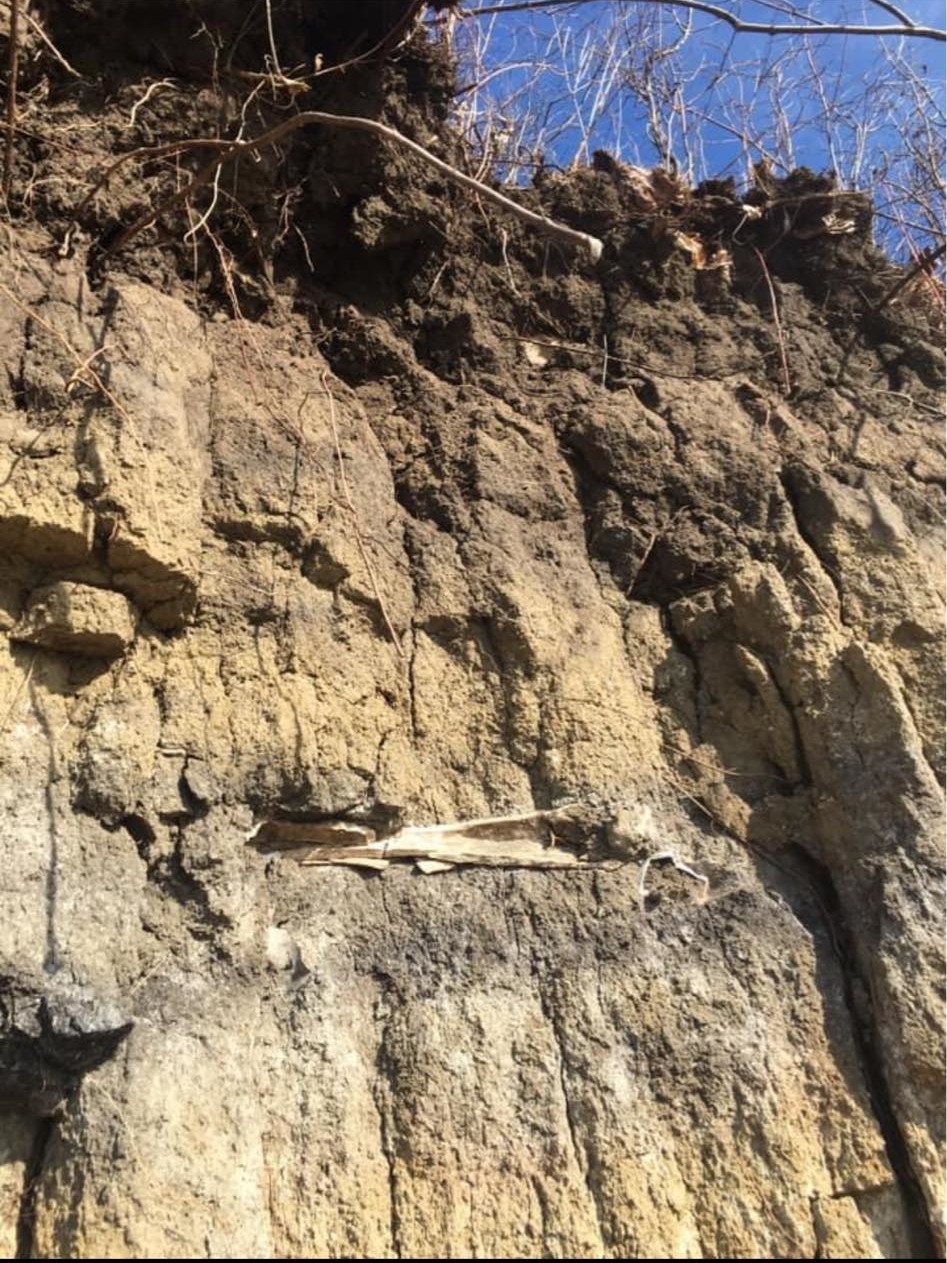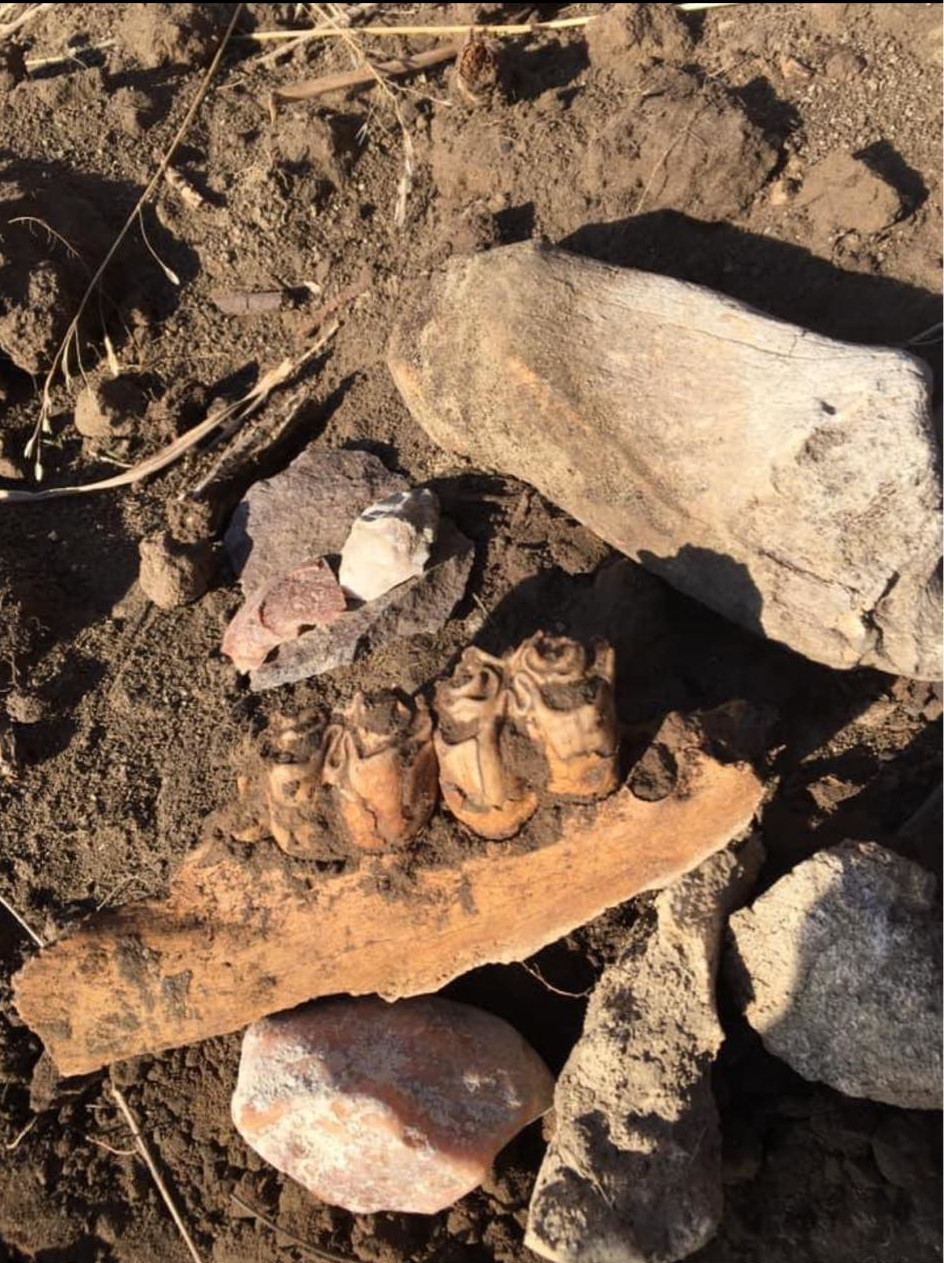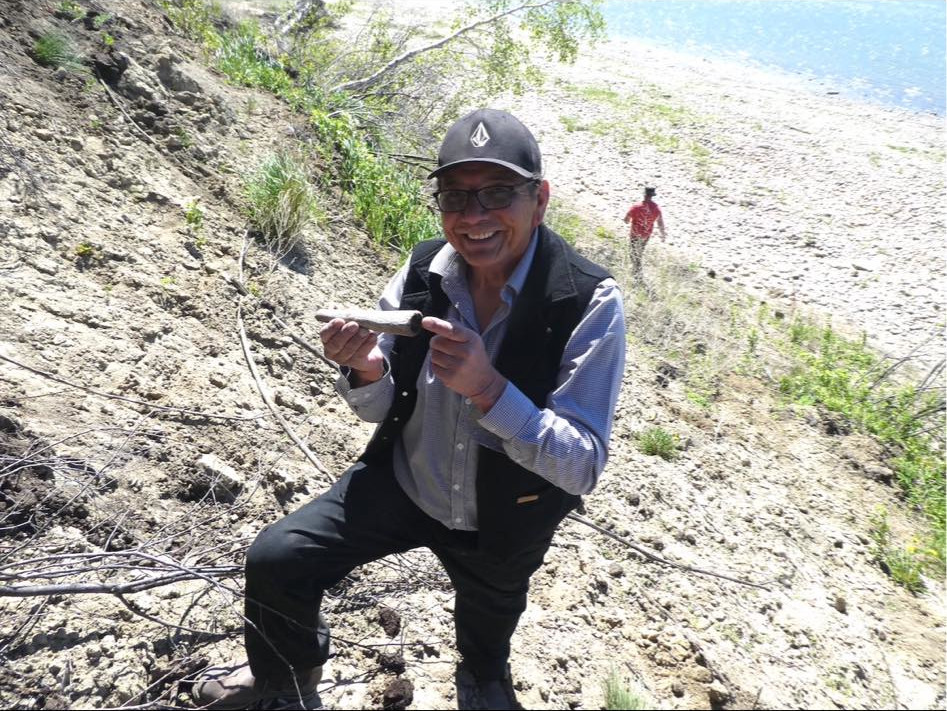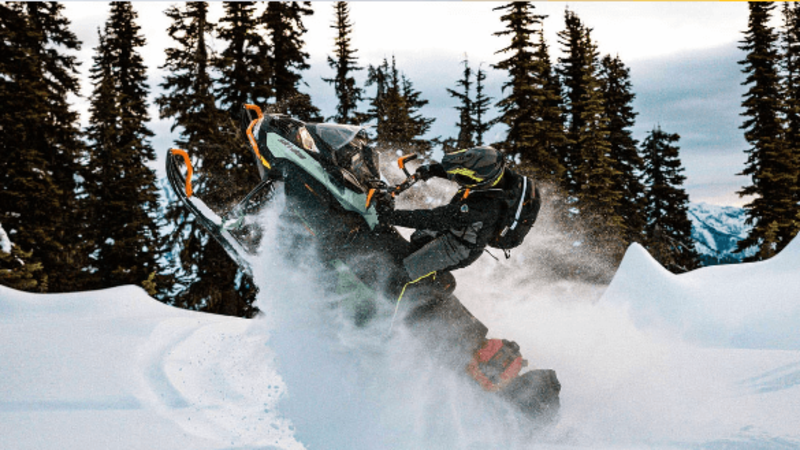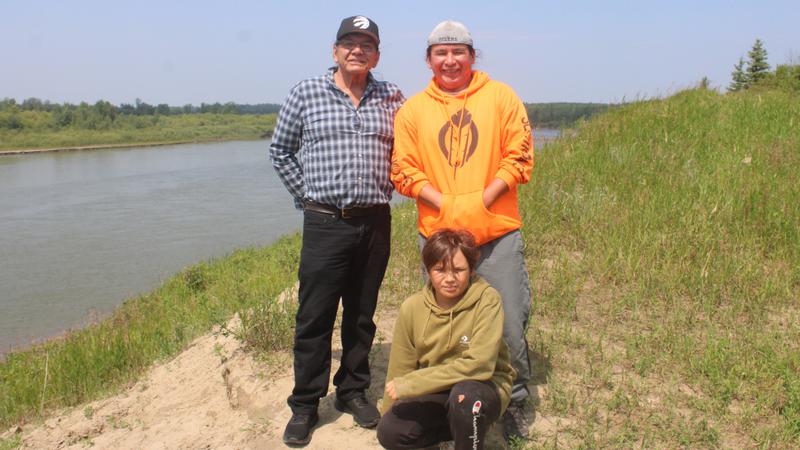
Bison bone discovery near Prince Albert provides window to life over 9,000 years ago
Researchers believe a fossil discovery west of Prince Albert not only shows proof people occupied the area over 9,000 years ago but also may assist future generations to adapt to climate change.
A team is on site this week taking samples. Dr. Andrea Freeman, a geoarchaeologist from the University of Calgary, said one of the most interesting things for her is the fact it shows people arrived not long after the glaciers left.
“Even though it may not be the earliest site in North America, it’s still evidence of people moving in to a landscape that’s freshly available,” she said. “To me that’s a fascinating kind of thought, like what is driving them into that landscape that’s just newly available to them.”
The site was discovered and originally reported two years ago by Dave Rondeau, an experienced avocational archaeologist from Crutwell. Rondeau then reported the finds to Dr. Glenn Stuart and Dr. David Meyer (emeritus) from the University of Saskatchewan, who paid for initial radiocarbon dating of a bone from one of the lower stratigraphic layers at the site.
